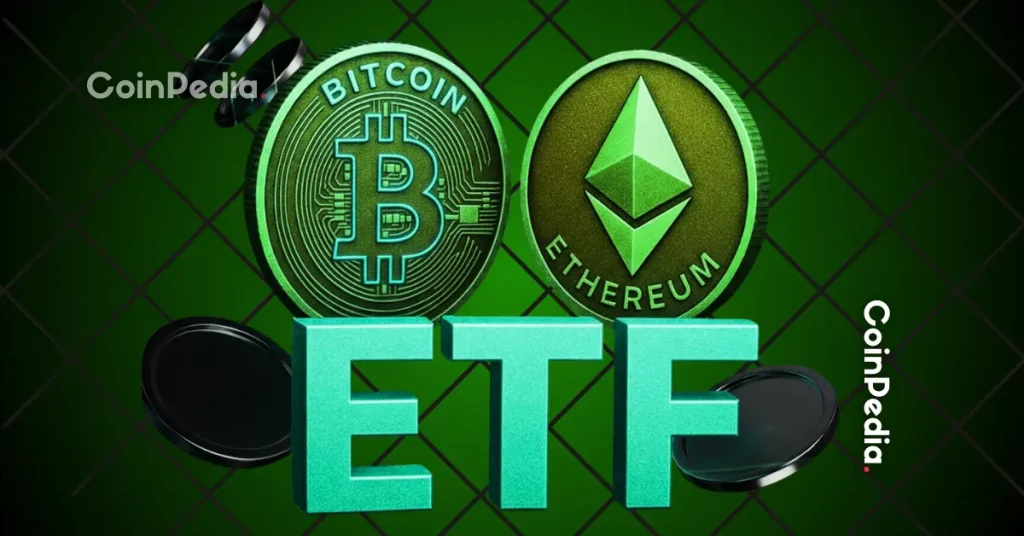As Wall Street strategists and economists cast their gaze toward 2026, a colossal shift is underway at the heart of the global financial system: the Federal Reserve‘s balance sheet reduction. Following years of unprecedented expansion, the Fed is now poised to unwind a staggering $6.6 trillion from its holdings, a move with profound implications for traditional markets and, crucially, the nascent yet maturing cryptocurrency ecosystem. This massive liquidity drain comes amid a notable Bitcoin price surge, raising questions about whether the world’s leading digital asset will falter under the weight of tightening monetary conditions or emerge as a surprising beneficiary.
The Unprecedented Scale of Quantitative Tightening (QT)
The Federal Reserve’s balance sheet, bloated by years of quantitative easing (QE) initiated during the 2008 financial crisis and dramatically expanded during the COVID-19 pandemic, reached its zenith in early 2022. While initial QT efforts began thereafter, the most significant phase of reduction, targeting $6.6 trillion, is now actively unfolding or anticipated to accelerate into 2026. This process involves the Fed allowing maturing bonds to roll off its books without reinvesting the proceeds, effectively removing liquidity from the financial system.
- Historical Context of Fed Balance Sheet:
- Pre-2008: Below $1 trillion.
- Post-2008 QE: Grew to over $4.5 trillion.
- Post-COVID QE: Exploded past $8 trillion.
- Current Target: Reduction to approximately $2-3 trillion over the next few years, signifying a significant deleveraging of the economy.
Bitcoin’s Resilience Amidst Macroeconomic Headwinds
Traditionally, periods of monetary tightening and liquidity withdrawal have been viewed as headwinds for risk assets, including equities and, by extension, cryptocurrencies. However, Bitcoin’s recent performance, defying some conventional expectations, suggests a nuanced narrative. Its inherent scarcity, decentralized nature, and appeal as a hedge against inflation and currency debasement continue to attract a growing cohort of investors. The simultaneous Bitcoin price surge alongside the anticipation of aggressive QT suggests that some investors may be seeking refuge in non-sovereign, hard-capped assets as traditional markets adjust to a less accommodative monetary environment.
- Potential Drivers for Bitcoin’s Strength:
- Inflation Hedge Narrative: Continued concern over long-term fiat currency stability and purchasing power erosion.
- Flight to Quality (Digital Gold): Bitcoin’s emerging role as a global, permissionless store of value, especially against geopolitical or economic uncertainty.
- Growing Institutional Adoption: Maturing infrastructure, clearer regulatory pathways, and regulated investment products making BTC ($114,161.00) accessible to larger capital flows.
- Halving Cycle Effects: The supply-side shock from the 2024 halving continues to exert upward price pressure, compounding with demand-side factors.
Navigating the Liquidity Crunch: Opportunities and Risks
The withdrawal of $6.6 trillion in liquidity from the global financial system represents a monumental test for all asset classes. For Bitcoin, the impact could be multifaceted, presenting both significant challenges and unique advantages:
- Risks:
- Market Contagion: A significant downturn in traditional markets due to reduced liquidity could still spill over into crypto, particularly for highly correlated assets.
- Reduced Risk Appetite: Investors may prioritize capital preservation in uncertain times, potentially pulling funds from more volatile assets like cryptocurrencies.
- Higher Borrowing Costs: Increased interest rates globally could impact the cost of leverage within the crypto ecosystem, potentially triggering deleveraging events.
- Opportunities:
- Deflationary Pressure on Fiat: As central banks reduce balance sheets, the perception of fiat scarcity might increase, but the real scarcity of Bitcoin could shine brighter as a superior store of value.
- Decentralization Narrative Strengthened: Amidst central bank interventions and policy shifts, Bitcoin’s independence from sovereign control becomes a more powerful selling point.
- Emergence as an Alternative: Investors disillusioned by the volatility and policy risks in traditional assets may accelerate their pivot to Bitcoin as a hedge against systemic risks.
Conclusion
The Federal Reserve’s unprecedented $6.6 trillion balance sheet shift represents a seismic event for global finance. While the initial instinct might be to anticipate broad market contraction, Bitcoin’s recent robust performance suggests a more complex interplay of forces. As Wall Street grapples with a future of tighter monetary policy, the world’s premier cryptocurrency stands at a critical juncture, potentially solidifying its role not just as a speculative asset, but as a vital component in a diversified portfolio, capable of navigating and perhaps even thriving amidst profound macroeconomic transformation.
The post Wall Street Braces For $6.6 Trillion Fed Shift: Bitcoin’s Trajectory Amidst Unprecedented Liquidity Drain appeared first on FXcrypto News.




















![Crypto News Today [Live] Updates On October 28 2025](https://image.coinpedia.org/wp-content/uploads/2025/05/31122324/crypto-news-1024x536.webp)




 24h Most Popular
24h Most Popular







 Utilities
Utilities